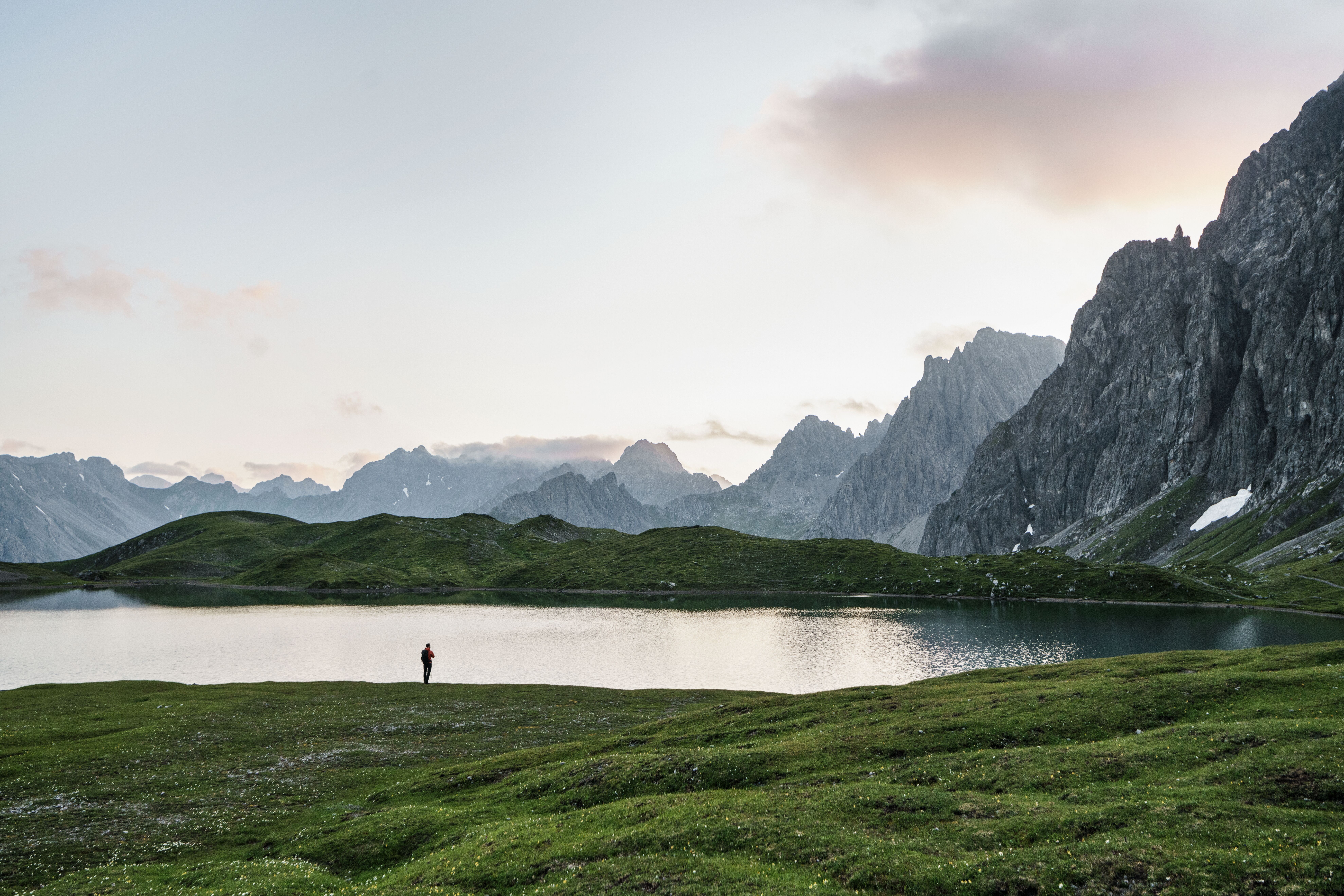Where to go hiking?
Head out into the fresh air, switch off from the outside world and simply let your legs carry you. Sounds good? It is! These are the most beautiful places for hiking in Tirol.

Hiking is one of the best ways to experience the Tirolean Alps in all their glory. Whether on high mountains, through breathtaking valleys or on leisurely Sunday strolls - in Tirol you will find tracks and trails for all ages and abilities.
These cable cars give you access to the mountains all year round, including in summer.